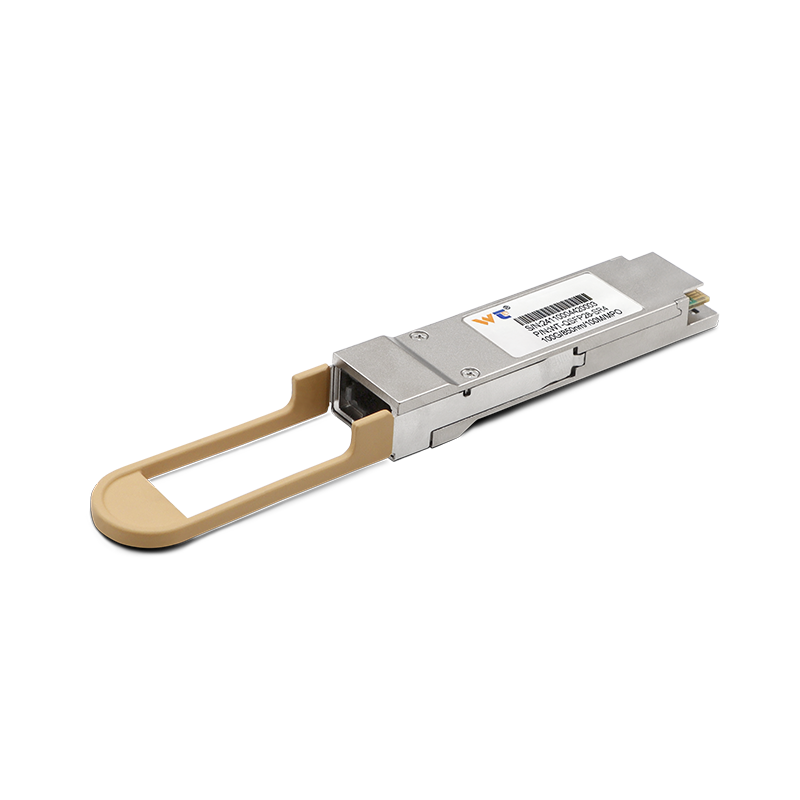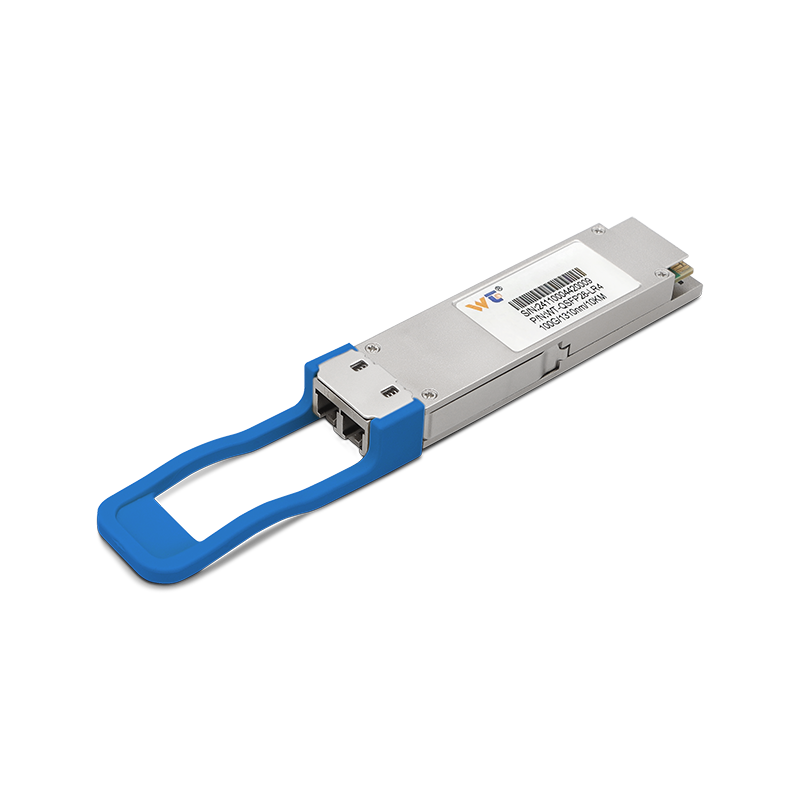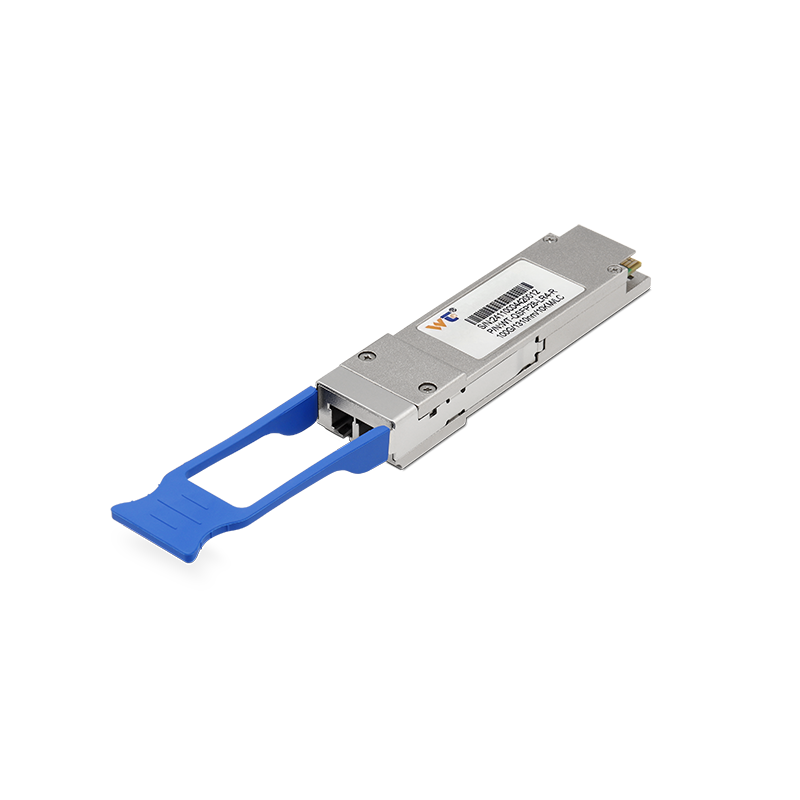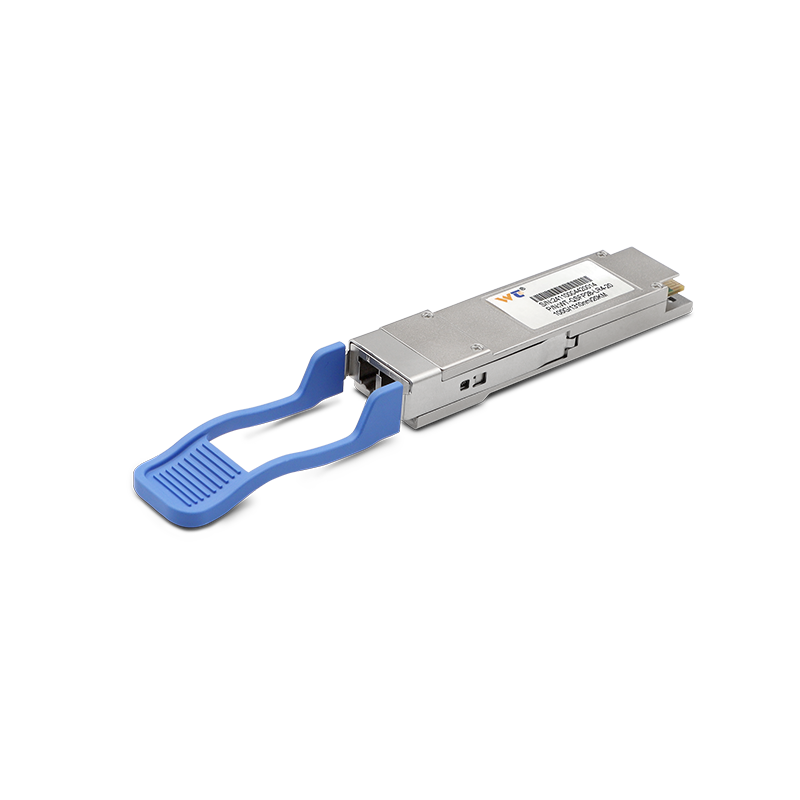The integration of 100G optical modules with smart fault diagnosis is reshaping the landscape of intelligent manufacturing. As we move closer to 2025, the demand for seamless connectivity and robust data transmission continues to rise. This evolution is pivotal for industries seeking to enhance operational efficiency and reduce downtime through advanced technological solutions.
In the realm of optical modules, the industry is observing a significant trend towards higher data rates and reliability. The 100G optical module stands as a cornerstone technology, crucial for enabling fast communication in manufacturing environments. By 2025, the integration of these modules into various smart manufacturing scenarios is expected to streamline processes, from real-time monitoring of machines to predictive maintenance strategies. Market studies estimate a CAGR of over 25%, highlighting the growing necessity for high-speed data transfer in manufacturing operations. Furthermore, this technology pushes boundaries for efficient integration with existing infrastructure, promoting an ecosystem where data is the new currency.
To better understand the role of optical modules, here is a concise overview of their technical specifications:
| Feature | Description |
|---|---|
| Data Rate | Supports transmission speeds up to 100G |
| Distance | Capable of reliable performance over 80 km |
| Form Factor | Available in SFP+, QSFP+, and CFP |
| Wavelength | Operates at 850 nm, 1310 nm, and 1550 nm |
| Technology | Utilizes DWDM and CWDM for effective multiplexing |
These specifications underline the adaptability and efficiency that 100G optical modules bring to manufacturing processes.
Delving deeper, we can categorize the types of 100G optical modules available. Primarily, there are Short-Range (SR) modules, optimized for data center or local area network (LAN) applications. These utilize multi-mode fiber to facilitate communication within limited ranges. On the other hand, Long-Range (LR) modules are designed for wider area networks (WAN), leveraging single-mode fiber to transmit data over several kilometers. Additionally, Carrier-Sense Multiple Access with Collision Detection (CSMA/CD) technology enables more effective network traffic management, ensuring data integrity during concurrent transmissions. These robust technologies are essential for a manufacturing environment that demands both speed and accuracy.
As we project into 2025, case studies indicate a future where networks equipped with advanced 100G optical modules enable enhanced connectivity for manufacturing machinery. For instance, consider a factory that employs smart robotics for assembly. By utilizing 100G optical modules, data from sensors embedded in these robots can be transmitted at high speed to a central processing unit, allowing for real-time responses to operational changes. Not only does this facilitate improved efficiency, but it also increases the resilience of the manufacturing process, as predictive analytics can minimize the risk of machine failures.
Our website proudly offers a range of optical module products that have undergone stringent quality checks. This ensures that they excel in various application scenarios. Whether for high-speed data transmission or long-distance communication, our optical modules are designed to meet your requirements reliably. As industries pivot towards smarter manufacturing solutions, the reliability and performance of our optical modules are paramount for sustaining operational competitiveness.
In conclusion, the integration of 100G optical modules with intelligent fault diagnosis exemplifies a transformative leap in the manufacturing sector. The technological advancements predicted for 2025 will not only enhance productivity but also lay the groundwork for innovative approaches to operational efficiency. Embracing these changes is critical as we prepare for a data-driven future in intelligent manufacturing.






